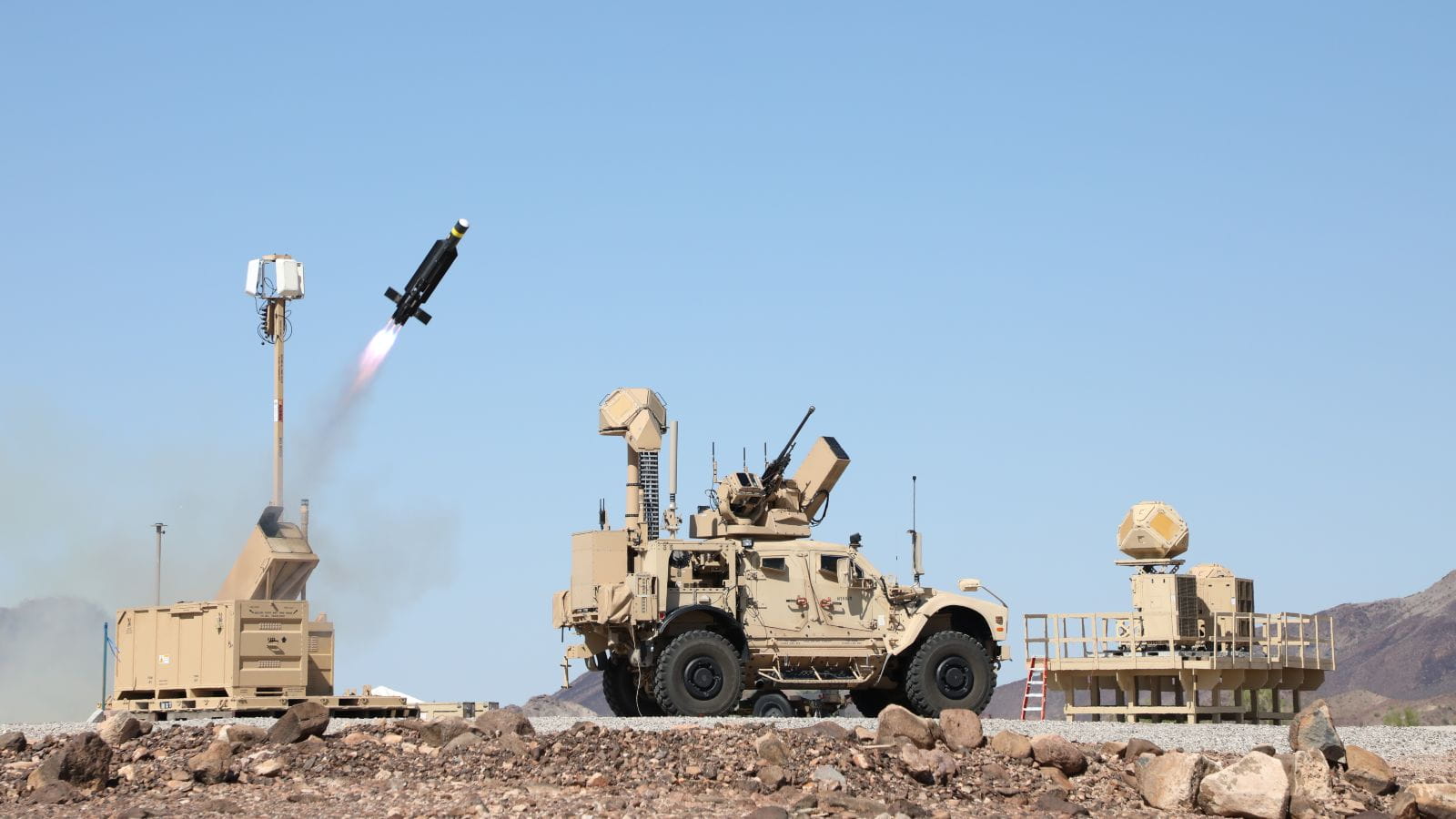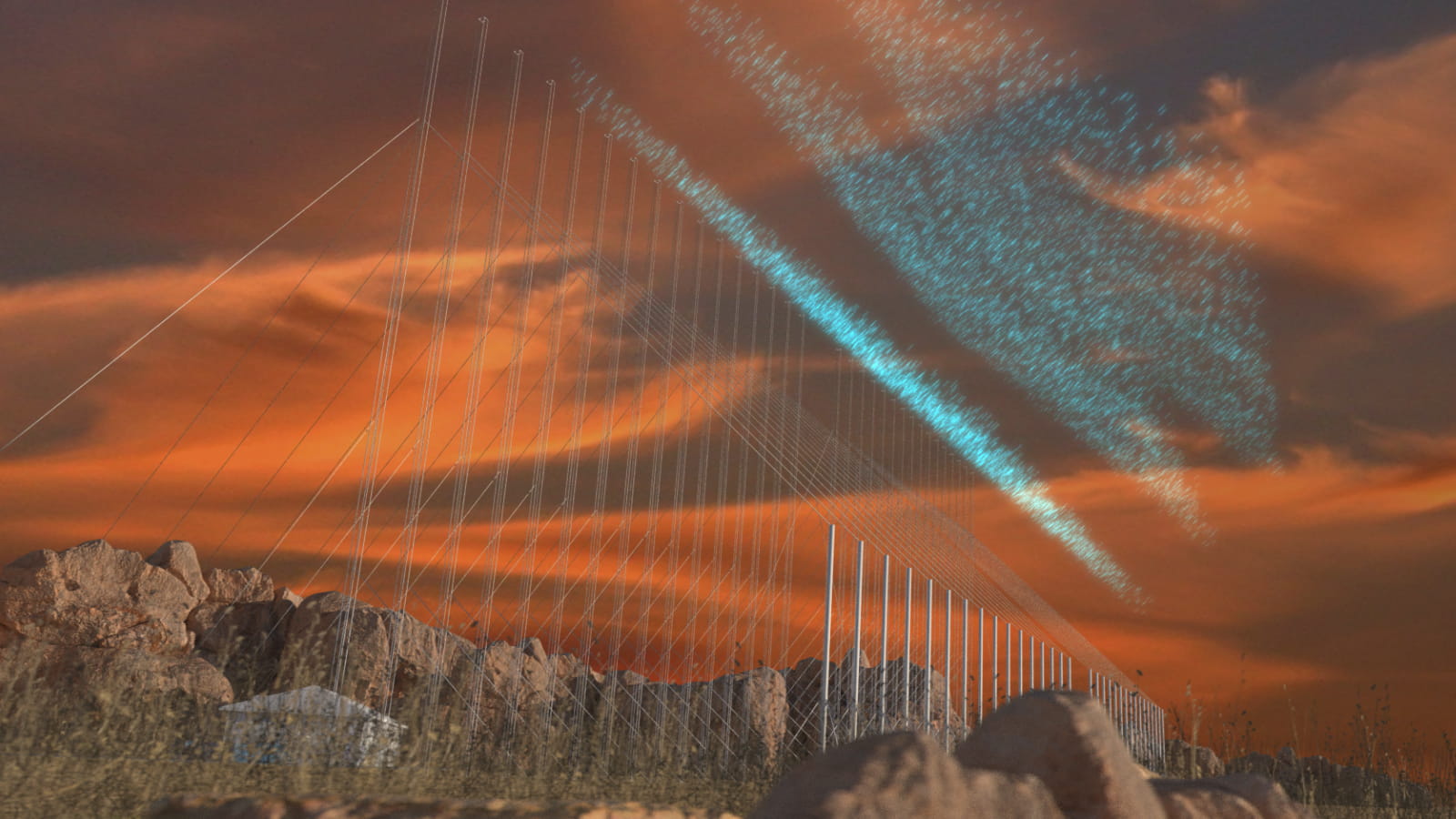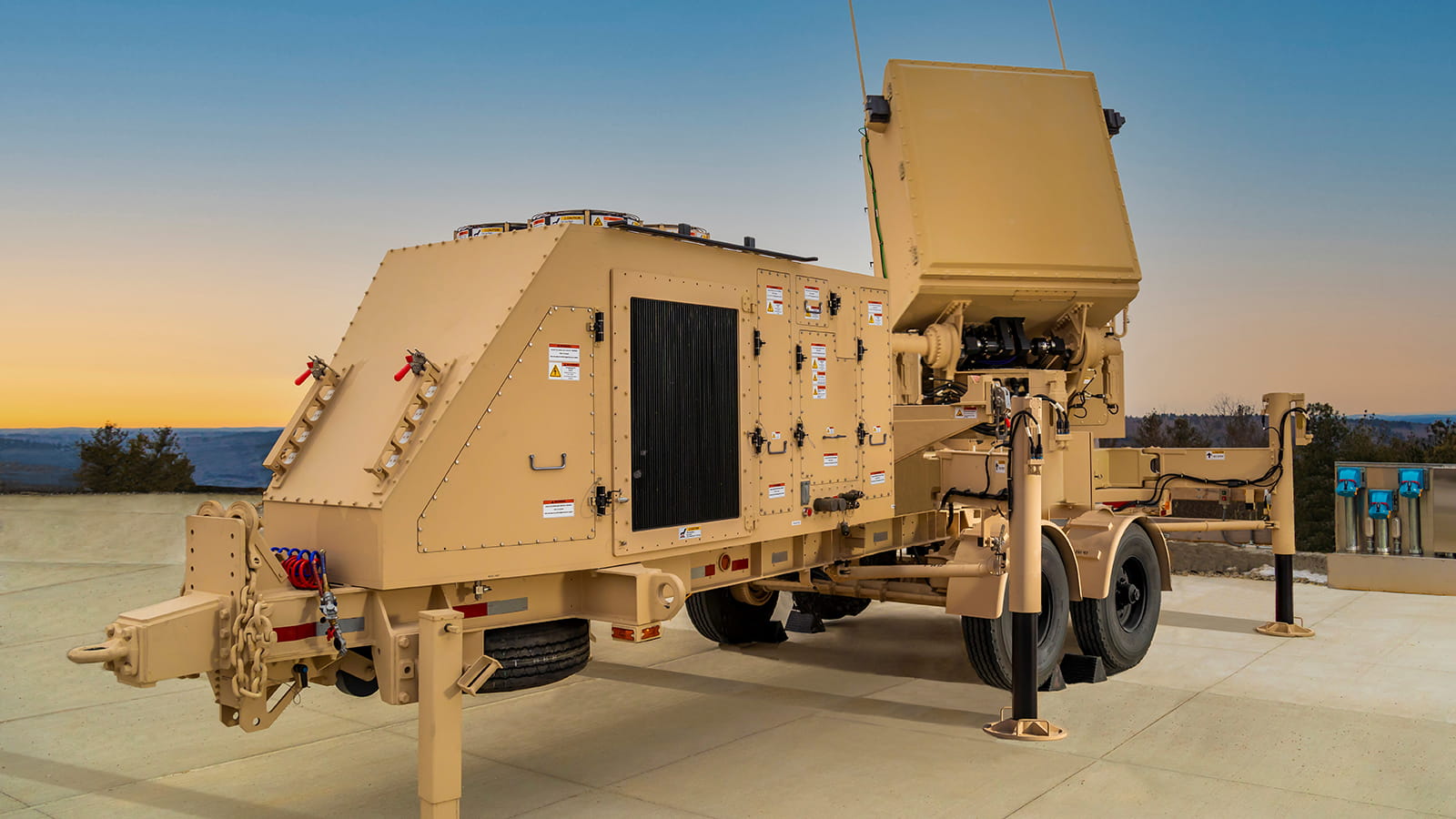The Early Warning Radar stands guard
Radar provides 360-degree coverage that never stops
The Early Warning Radar is the cornerstone of missile defense for the U.S. and allies, and it’s easy to see why.
The radar, also called EWR, can track more than 1,000 objects at the same time from more than 5,000 kilometers away. It can tell ballistic missile and air-breathing threats from non-threats, and it can deter potential attacks.
Here's why the EWR, built by Raytheon, a Raytheon Technologies business, stands apart from other sensors.
The EWR performs four missions.
- Early warning and attribution: The EWR can warn of a missile threat and find its launch point up to 20 minutes before it happens. That creates a deterrent effect; adversaries know they are not hidden, even from far away, and that a retaliatory attack is possible.
“The best way to fight a war is never to have one in the first place,” said Matt Krempin, director of International Requirements and Capabilities for Air Power at Raytheon.
- Integrated air and missile defense: The radar provides persistent, 360-degree defense, and gathers precise tracking data and feeds it into integrated air and missile defense systems, improving their effectiveness.
“You want to increase the capability of existing assets by letting them focus on what they do best, which is discrimination,” Krempin said, “and letting a heavy lifter like EWR do all of the surveillance and a lot of the tracking.”
- Space situational surveillance: There are thousands of objects in lower Earth orbit, and their paths make them look like tactical ballistic missiles. The EWR’s long range allows horizon-to-horizon tracking to ensure threatening objects are addressed and non-threatening objects are not.
“The radar can tell the difference between satellites and tactical ballistic missiles in the same area, so you’re not confusing a satellite with a missile,” Krempin said.
With 6,000 satellites in orbit now and that number expected to triple in the next 10 years, keeping satellites safe during commercial flights is also vital.
- Volume air surveillance and tracking: Commercial airspace is increasing in density, making it especially important to tell the difference between friendly and adversary aircraft. The EWR makes that distinction, while helping coordinate, communicate and prioritize threats.
It’s ideally suited for the Middle East.
The EWR uses the ultra-high frequency band, or UHF, which offers several advantages over S-band radars, including the capability to simultaneously track and classify a greater number of targets. And they require a lot less power to operate.
“It’s the perfect complement to existing assets in countries like the United Arab Emirates, where you have great capabilities against current threats. But there are certain gaps, and EWR fills those gaps,” Krempin said.
It's modernized to stay ahead of threats.
The EWR has performed missile warning and missile defense missions in the United States for more than 25 years, and the U.S. along with allies have continually invested in the system to keep it ahead of emerging threats.
One of those long-term investments is the solid-state transmit-and-receive module made with the powerful semiconductor gallium nitride, or GaN. That module delivers more capability and better energy efficiency, lowering operational costs. Other advancements include software updates that improve surveillance, tracking and object classification.
“Today, we bring forth a capability that we’ve never seen before,” Krempin said.
It works well with ground-based sensors.
As a systems integrator, Raytheon has ensured EWR is interoperable with the AN/TPY-2 radar, Global Patriot Solutions, Lower Tier Air and Missile Defense Sensor, or LTAMDS, and the Terminal High Altitude Area Defense, or THAAD – and has done so in a cyber-hardened environment.
It operates nonstop.
The EWR operates continuously, even during maintenance.
“It’s really a security blanket. You can continue to operate and maintain not only EWR, but also your other radars without sacrificing security,” Krempin said. “And adversaries will know that because you’re radiating the whole time.”



